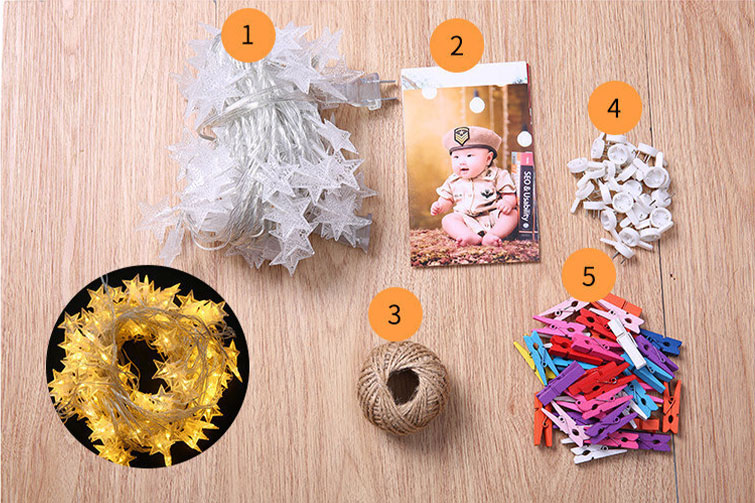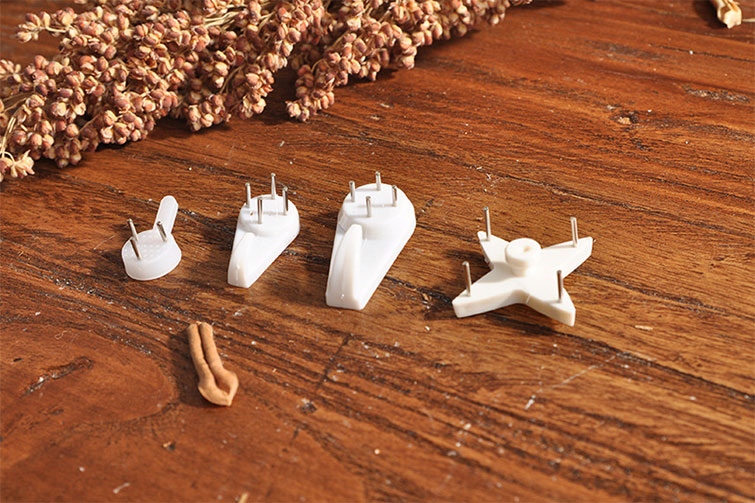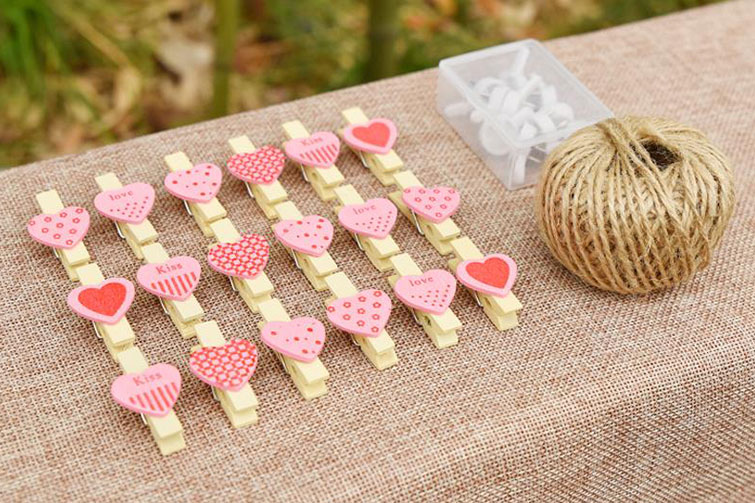

What Wall Surfaces Are Suitable for Non-Marking Nails?
Non-marking nails—also known as traceless nails or no-trace hooks—have become increasingly popular for modern home organization and decoration. Their main advantage is simple: they allow you to hang items on walls without causing permanent damage, making them ideal for renters, students, or anyone who likes to frequently change their interior layout.
But while non-marking nails are versatile and easy to install, not all wall surfaces are suitable for their use. To ensure safety, durability, and a clean finish, it’s important to know which types of walls are compatible with different types of non-marking nails. In this article, we’ll break down the most common wall surfaces and whether or not non-marking nails are appropriate for them.
1. Painted Drywall – Best Choice
Painted drywall (also known as plasterboard or gypsum board) is one of the most suitable surfaces for non-marking nails, especially steel pin hooks and adhesive-backed hooks.
- Why it's suitable: Drywall is soft enough for thin steel pins to penetrate without cracking, and its flat surface allows adhesives to bond well.
- Tips: Avoid overloading the hooks. Be sure the paint is clean and dry before applying adhesive hooks.
Verdict: ✅ Excellent surface for all types of non-marking nails.
2. Wooden Walls – Very Compatible
Wooden panels or solid wood walls are also great for using non-marking nails. Both adhesive and pin-type hooks work well on wood.
- Why it's suitable: Wood provides a strong surface for pins to grip and enough texture for adhesives to stick securely.
- Caution: If the wood is varnished or polished, test a small area first to ensure adhesive does not leave residue.
Verdict: ✅ Highly suitable for both adhesive and pin-style hooks.
3. Concrete or Brick – Use With Caution
Concrete and brick walls are dense and rough, which presents a challenge for non-marking nails.
- Why it’s tricky: Steel pins are usually not strong enough to penetrate concrete or brick, and adhesives may not adhere well to the uneven texture.
- What works: Some heavy-duty adhesive hooks specifically designed for concrete may work. Alternatively, consider using special masonry adhesive strips.
Verdict: ⚠️ Not ideal, but possible with the right adhesive products.
4. Tile Walls – Limited Use
Tiles are smooth and often found in kitchens and bathrooms. While adhesives can stick, tile surfaces can be tricky for non-marking hooks.
- Why it’s tricky: Tile is non-porous, so not all adhesives will bond properly. Pins are not suitable at all.
- Best options: Waterproof adhesive hooks designed for bathrooms. Test on a hidden tile first to avoid damage or staining.
Verdict: ⚠️ Use only waterproof adhesive hooks; avoid pins.
5. Wallpapered Walls – Use With Extreme Caution
Wallpaper is delicate and may tear or peel when adhesive hooks are removed.
- Why it’s risky: Adhesives can damage the wallpaper when removed, and pins may leave holes or cause wrinkling.
- What you can try: Very light adhesive hooks for small, lightweight items, but removal is risky.
Verdict: ❌ Not recommended unless you're willing to risk minor damage.
6. Glass and Metal Surfaces – Only Adhesive Hooks
Smooth glass or metal walls (like mirrors, doors, or refrigerator panels) are not suitable for pins but work with strong adhesive hooks.
- Why it works: Smooth surfaces allow for maximum adhesive contact.
- Caution: Only use high-quality hooks made for glass or metal; poor adhesives may fall off suddenly.
Verdict: ✅ Suitable, but only for adhesive-style hooks.
7. Textured or Uneven Surfaces – Not Recommended
Walls with texture—such as stucco, popcorn ceilings, or heavily patterned plaster—can interfere with both pins and adhesives.
- Why it’s unsuitable: Pins may not sit evenly, and adhesives won’t bond securely.
- Alternatives: Traditional mounting tools or wall anchors are more reliable for textured surfaces.
Verdict: ❌ Avoid using non-marking nails here.
Conclusion
Non-marking nails are a fantastic solution for damage-free decorating, but their effectiveness greatly depends on the type of wall surface. They work best on painted drywall, wood, and some smooth surfaces like metal and glass. However, they are less effective on brick, tile, and wallpaper, and should be avoided on textured walls.
Before using any non-marking nail, always read the manufacturer’s instructions and test in an inconspicuous spot if you’re unsure. With the right match between wall type and product, you can enjoy stylish, organized spaces—without leaving a trace.
Let me know if you’d like this adapted into a visual guide or turned into a comparison chart!





